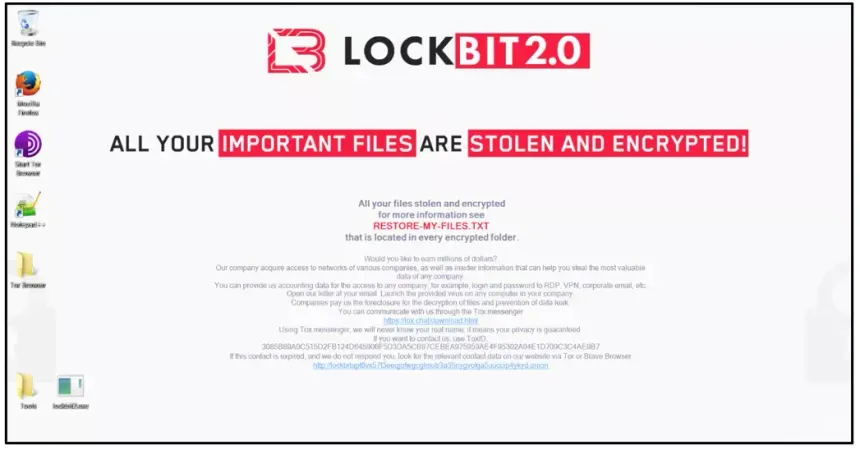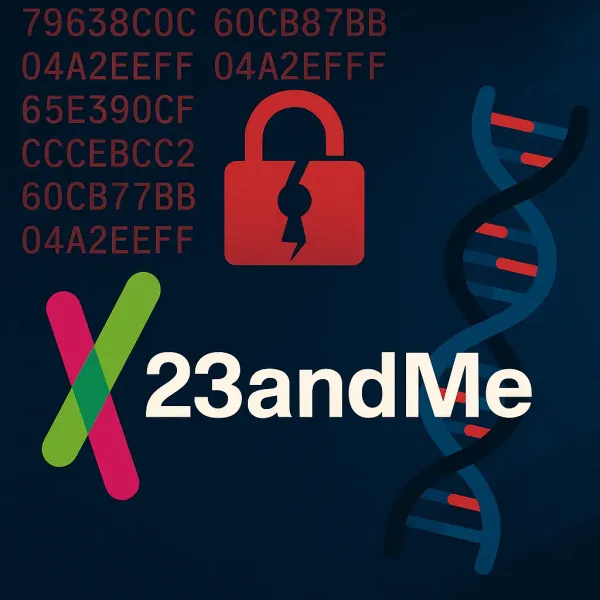LockBit Ransomware Dev Extradited, Confesses Role
Law Enforcement Uncovers Suspected Cybercriminal's Access to LockBit Builder Source Code In a recent development in the world of cybercrime, law enforcement has made a significant discovery on the suspect's computer

Law Enforcement Uncovers Suspected Cybercriminal's Access to LockBit Builder Source Code In a recent development in the world of cybercrime, law enforcement has made a significant discovery on the suspect's computer – admin credentials for an online repository hosted on the Dark Web.
This repository is known to store source code for multiple versions of the LockBit builder, a notorious ransomware tool used in numerous attacks against organizations worldwide. The LockBit ransomware family has been responsible for various high-profile attacks since its inception in 2019. The group operates using a Ransomware-as-a-Service (RaaS) model, where they develop and maintain the ransomware strain while affiliates deploy it against targets in exchange for a share of the profits.
The discovery of these admin credentials sheds light on the growing concern of cybercriminals' access to sophisticated tools and resources available on the Dark Web. The Dark Web is a part of the internet that is intentionally hidden and requires special software to access, often used by those seeking anonymity. It hosts various online marketplaces where illicit goods and services, including malware, are traded freely. The LockBit builder's source code repository being hosted on the Dark Web allows cybercriminals to gain unauthorized access to this powerful tool. With the source code at their disposal, threat actors can develop customized ransomware variants tailored to evade detection and increase the impact of their attacks.
While law enforcement has not yet released information regarding the identity or motives of the suspect, it is evident that the discovery of these admin credentials poses a significant challenge for authorities working to combat cybercrime. The unregulated nature of the Dark Web makes tracking and apprehending those involved in such activities particularly difficult. As cybercriminal groups continue to refine their tactics and tools, organizations must remain vigilant in implementing robust security measures to protect themselves from potential attacks. This includes regularly updating software and systems, conducting employee training on recognizing phishing attempts and other social engineering techniques, and maintaining secure backups of critical data.
The discovery of admin credentials for a LockBit builder repository on the Dark Web is just one example of how cybercriminals can access sophisticated tools to carry out attacks. The Dark Web hosts various marketplaces where illicit goods and services, including malware, are traded openly.
This unregulated environment allows cybercriminals to operate anonymously and with relative impunity, posing a significant challenge for law enforcement agencies worldwide. LockBit is one of many ransomware families that employ the RaaS model, which has become increasingly popular among threat actors due to its low barrier to entry and potential for high returns. By providing access to powerful tools like LockBit, these groups enable even relatively unsophisticated cybercriminals to carry out damaging attacks against organizations. The implications of this discovery extend beyond the immediate threat posed by LockBit. As cybercriminals continue to develop and refine their tactics, they create a ripple effect that impacts the broader digital landscape.
Organizations must remain proactive in implementing security measures and staying informed about emerging threats to protect themselves effectively. Subtle Skepticism of Federal Authority: While law enforcement agencies work tirelessly to combat cybercrime, their efforts are often hindered by the anonymity provided by the Dark Web. This makes it difficult for authorities to track down and apprehend those involved in these illicit activities. Additionally, the global nature of cybercrime presents unique challenges in coordinating investigations and enforcing laws across international borders.




